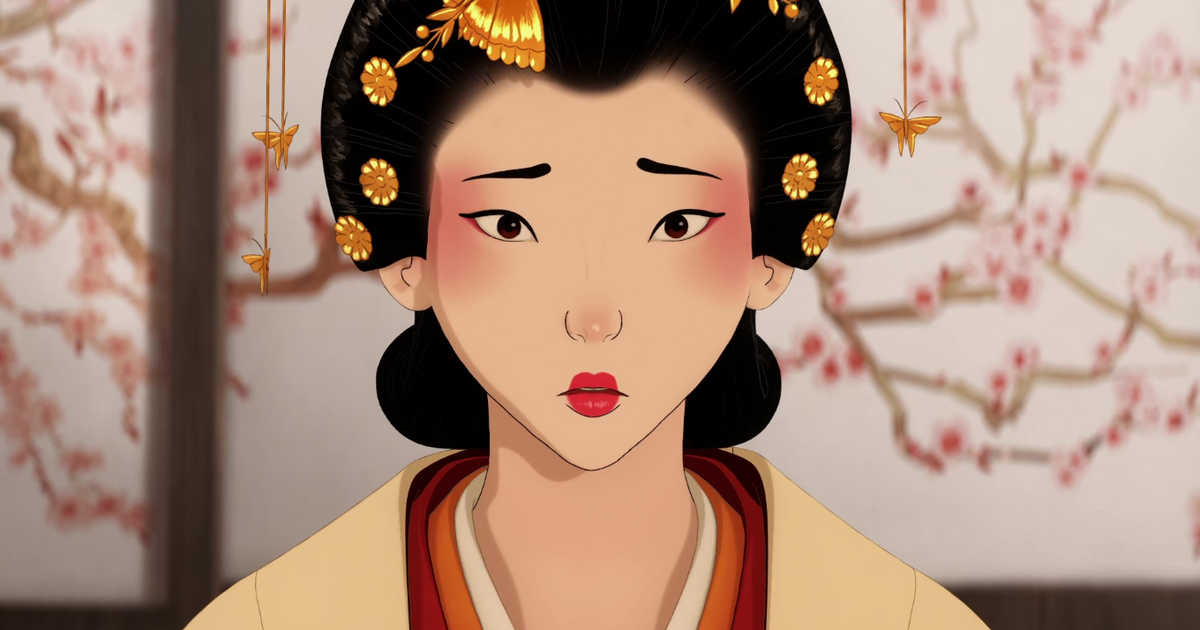Netflix’s Blue Eye Samurai has turned out to be a spectacular samurai anime series that has captured the hearts of many. As the show explores the rich cultural references from Japan, fans are talking about the teeth blackening in Blue Eye Samurai.
So, let’s learn more about the teeth blackening practice in Japan and its historical and cultural relevance.
RELATED: Everything You Need to Know About Blue Eye Samurai!
What Is Ohaguro or Teeth Blackening, as Seen in Blue Eye Samurai?
Ohaguro translates to "black teeth" and is an ancient custom followed in several South Asian countries but predominantly in Japan.
In Episode 2 of Blue Eye Samurai, Lord Tokunobu Daichi decides to marry her daughter, Princess Akemi, off to a second son of the Shogun.
She is summoned to meet her father, who introduces her to a pair of gentlemen representing the younger son of the Shogun.
She learns that she is expected to blacken her teeth, as it is part of the beauty standard set by the Shogun’s son.
Then again, toward the end of Episode 5, Akemi opens her mouth and shows her blackened teeth.
ALSO READ: Best Historical Anime You Should Watch
The Historical and Cultural Context of Teeth Blackening
Black as a color in Buddhist faith has an unchanging characteristic, which is resistant to the influence of other hues.
It was believed that black symbolized dignity and strength, making it a preferred choice among celebrated samurai.
Ohaguro became popular in the Heian era among men, particularly commanders and nobles.
In the samurai community, the practice of ohaguro served as proof of their loyalty.
This practice signifies that a samurai remained devoted to a single master throughout their lifetime.
Later, there was a notion that blackened teeth enhanced a woman’s beauty.
Consequently, young women started adopting the practice of ohaguro to look more beautiful and prepare to find a spouse.
This tradition eventually gained popularity in Japan, particularly during the Edo period.
As shown in Blue Eye Samurai, which is set in the Edo era, ohaguro is seen as a custom associated with married women.
It is also believed that ohaguro not only enhanced the appearance of the teeth but also contributed to their strength, protecting against dental issues like gum diseases and cavities.
Eventually, the government implemented a ban on ohaguro in 1870, leading to the practice’s gradual decline.
Although it saw a temporary resurgence during the Meiji era, the practice nearly disappeared in the Taisho period.
In modern-day Japan, teeth blackening is scarcely observed except in theatrical performances, on certain apprentice geisha, in movies, in anime, and at select festivals.
Discover more of our insights and the latest anime news by following us on X (formerly Twitter) @epicstreamanime.
READ NEXT: Dissecting the True Story Behind Blue Eye Samurai
Explore new topics and discover content that's right for you!







